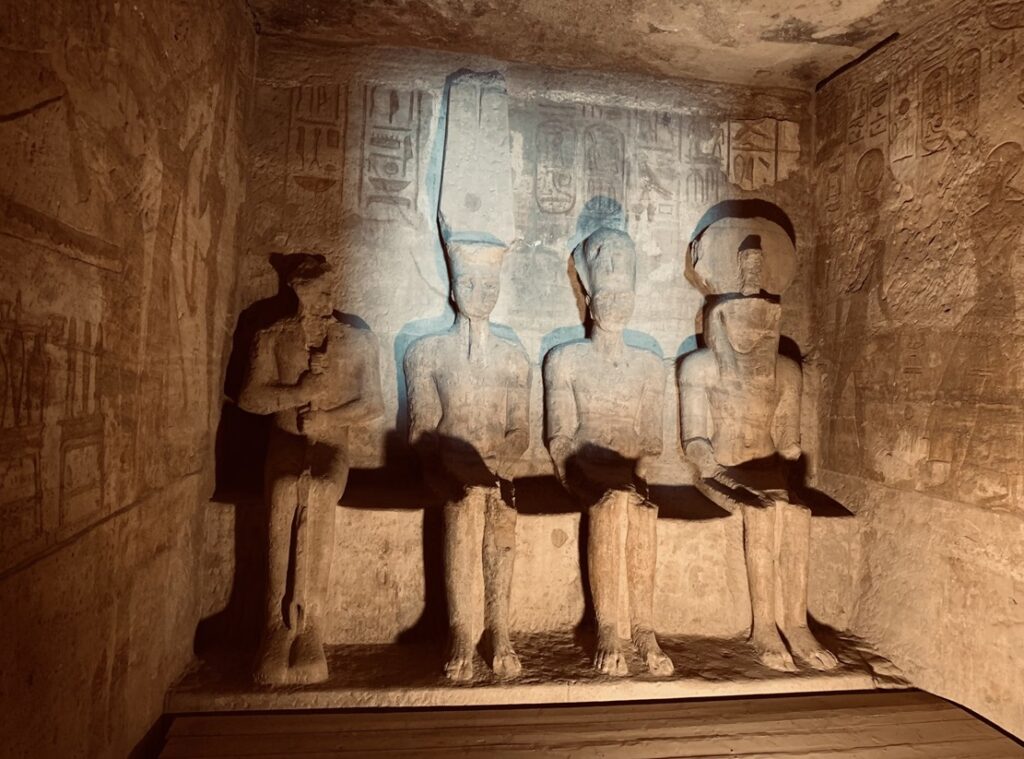A toothache in the middle of the night. A chipped tooth after a fall. An abscess throbbing with infection. These dental emergencies are painful enough today, even with modern anesthetics and pain medications.
But imagine facing them without the numbing power of Novocaine. Before the 20th century, that was the reality for anyone needing dental work.
If you live in Knightdale, NC and are looking for a dentist, you can rest assured that you won’t have to worry about these ancient methods. Instead, you can expect gentle, modern care from a compassionate team. Join us as we take a fascinating look back at the history of pain management in dentistry, from ancient civilizations to the dawn of modern anesthetics.
Pain Relief in Ancient Civilizations
Egypt and Mesopotamia: Herbal Remedies and Magic
Ancient Egyptians and Mesopotamians believed that toothaches were caused by evil spirits or worms. To combat these ailments, they turned to a combination of herbal remedies, magical spells, and prayers. Some of the herbs used, such as garlic and onion, did possess mild antibacterial properties, but their effectiveness in relieving pain was limited.
Ancient China: Acupuncture and Moxibustion
In ancient China, acupuncture and moxibustion were used to treat various ailments, including toothaches. Acupuncture involved inserting thin needles into specific points on the body, while moxibustion involved burning dried mugwort near these points. While these techniques may have offered some pain relief, their effectiveness in dentistry was questionable.
Greece and Rome: Opium, Mandrake, and Electric Fish
Greek and Roman physicians experimented with various substances to numb pain, including opium, mandrake root, and even electric fish. Opium, derived from the poppy plant, was a powerful analgesic but highly addictive.
Mandrake root, a hallucinogenic plant, was also used but with unpredictable results. Electric fish, such as the torpedo ray, were believed to have numbing properties due to their ability to deliver electric shocks.
Medieval and Renaissance Dentistry
“Tooth Worms” and Barber-Surgeons
During the Middle Ages, the belief in “tooth worms” as the cause of tooth decay persisted. Barber-surgeons, who performed dental procedures in addition to haircuts and bloodletting, would attempt to remove these imaginary creatures with sharp instruments, causing excruciating pain.
Alcohol and Opium: A Dangerous Duo
Strong alcohol, such as brandy or whiskey, was often used as an anesthetic in medieval and Renaissance dentistry. Combined with opium, it could induce a state of semi-consciousness, but the risk of overdose and complications was high.
This dangerous combination highlights the desperate measures people took to alleviate dental pain in the past.
18th and 19th Centuries: A Turning Point in Pain Management
Nitrous Oxide: Laughing Gas Enters the Scene
The discovery of nitrous oxide (“laughing gas”) in the late 18th century marked a significant advancement in pain management. This gas could induce a state of euphoria and reduce anxiety, making it useful for dental procedures. However, its effectiveness in numbing pain was limited.
Ether and Chloroform: General Anesthesia Takes Hold
Ether and chloroform, introduced in the mid-19th century, were the first general anesthetics used in dentistry and surgery. While effective in rendering patients unconscious, these agents were highly volatile and carried significant risks, including respiratory depression and cardiac arrest.
Cocaine: A Promising Start, a Dangerous End
In the late 19th century, cocaine emerged as a local anesthetic in dentistry. Its ability to numb tissues made it invaluable for extractions and other procedures. However, cocaine’s addictive properties and potential for abuse quickly became apparent, leading to its eventual replacement with safer alternatives.
The Dawn of Modern Anesthetics: Novocaine and Beyond
Novocaine: A Revolution in Dentistry
The development of Novocaine (procaine) in the early 20th century revolutionized dentistry. This local anesthetic was safer and more effective than cocaine, paving the way for modern dental practices. Novocaine allowed dentists to perform procedures with minimal pain, greatly improving the patient experience.
Lidocaine and Other Local Anesthetics
Following Novocaine’s success, other local anesthetics, such as lidocaine and articaine, were developed. These agents offered improved efficacy, longer duration, and fewer side effects, further enhancing the comfort and safety of dental procedures.
Today, dentists have a wide array of local anesthetics to choose from, ensuring that patients receive optimal pain relief during treatment. If you’re searching for a dentist in Knightdale, NC, you can trust that your comfort will be a top priority.
Pain-Free Dentistry in Knightdale, NC
At New Hope Dental Care, we understand that dental anxiety is a common concern for many patients. That’s why we offer various options to help you relax and feel comfortable during your visit.
Dr. Eric Ladimer, and his experienced team are committed to providing gentle, compassionate care using the latest techniques and technologies. Whether you need a routine cleaning, a filling, or a more complex procedure, you can rest assured that your comfort is our top priority.
Schedule Your Appointment Today
Don’t let dental anxiety or fear of pain keep you from achieving a healthy, beautiful smile. If you’re looking for a dentist in Knightdale, NC, we invite you to experience the difference at New Hope Dental Care. Request an appointment today and discover a new level of comfort and care for all your dental needs.
We offer a wide range of services to meet your family’s needs, including preventative care, restorative dentistry, cosmetic dentistry, and emergency dental care. Don’t hesitate to contact us with any questions or concerns you may have.

